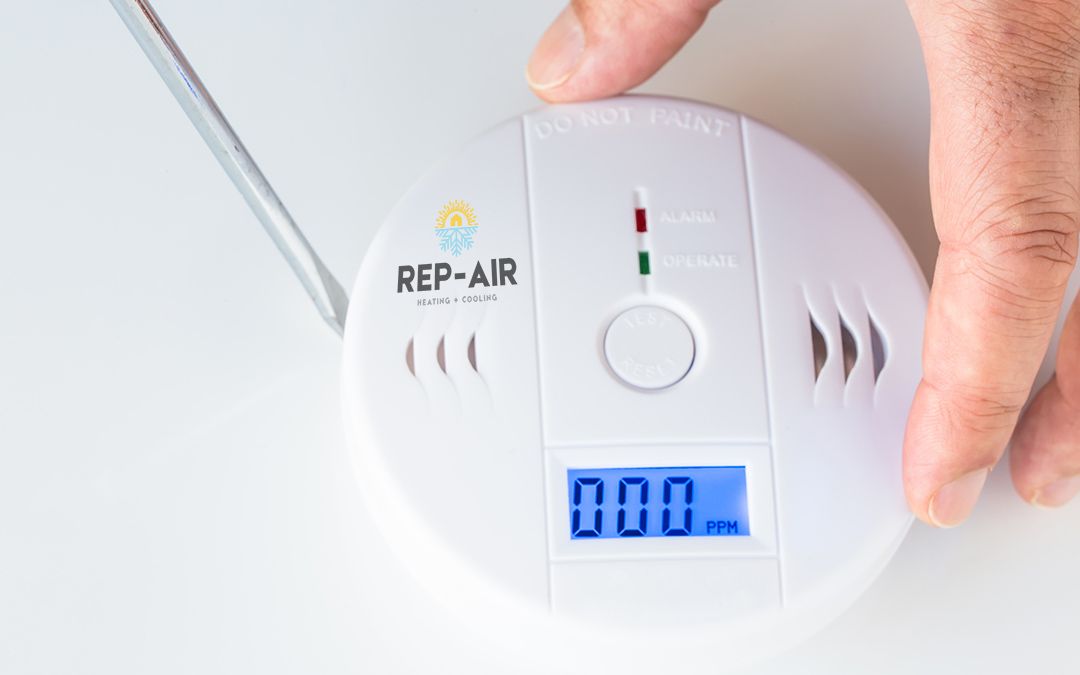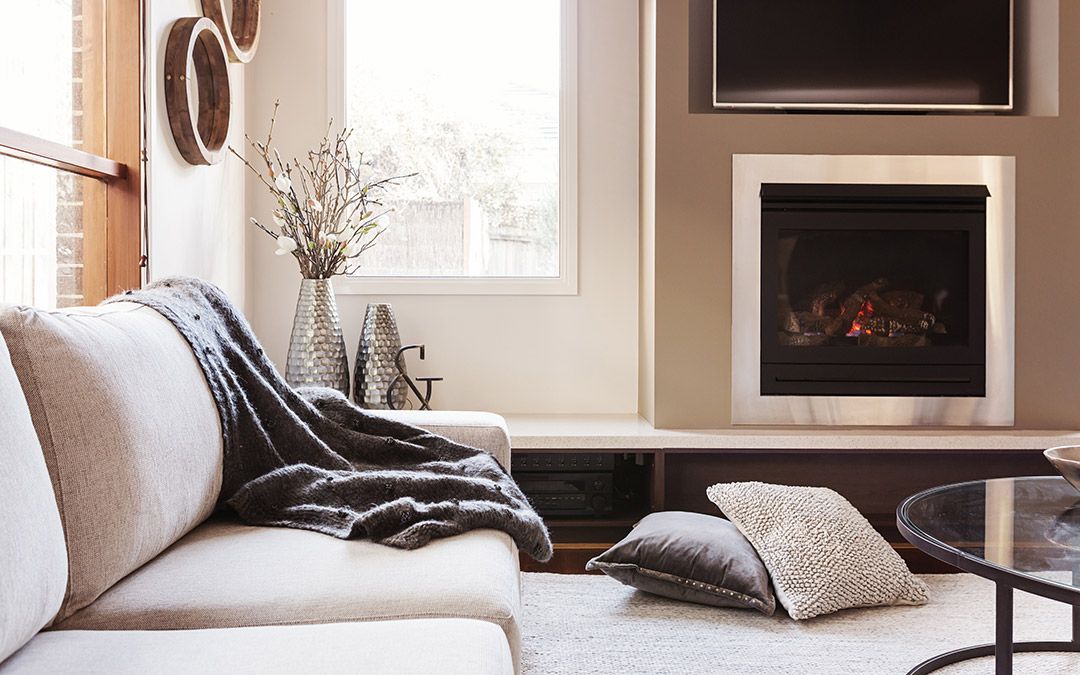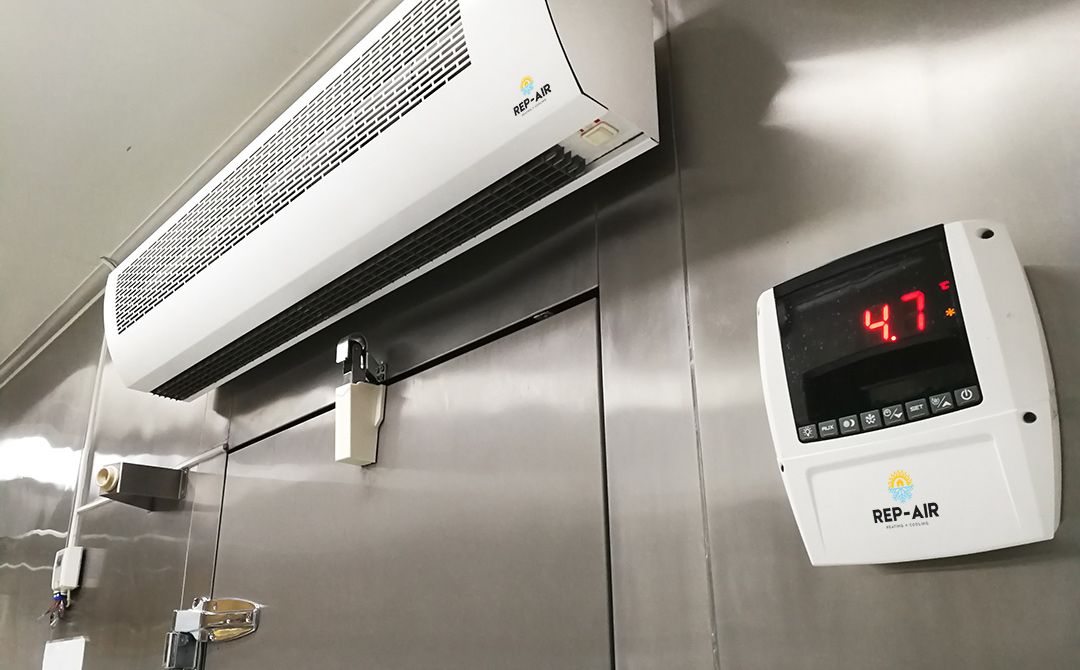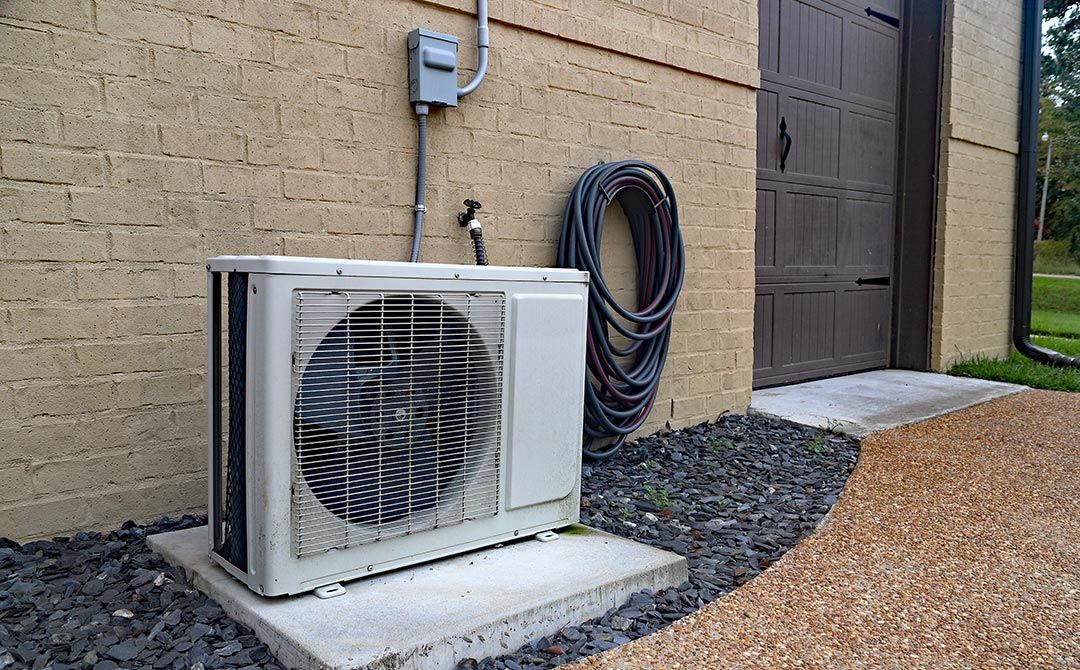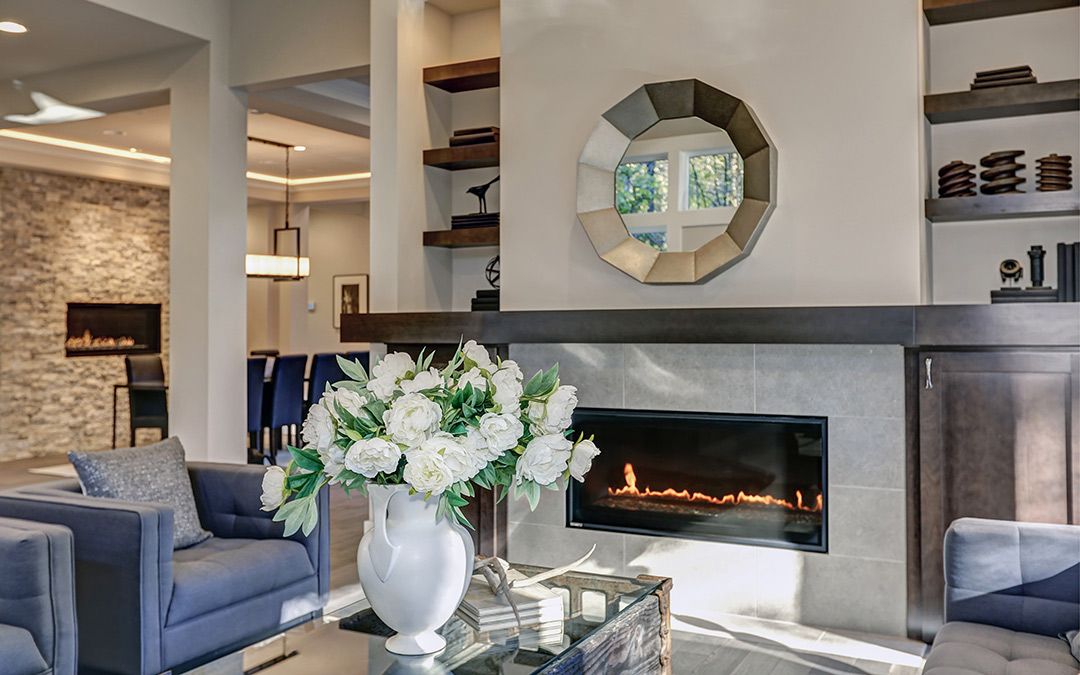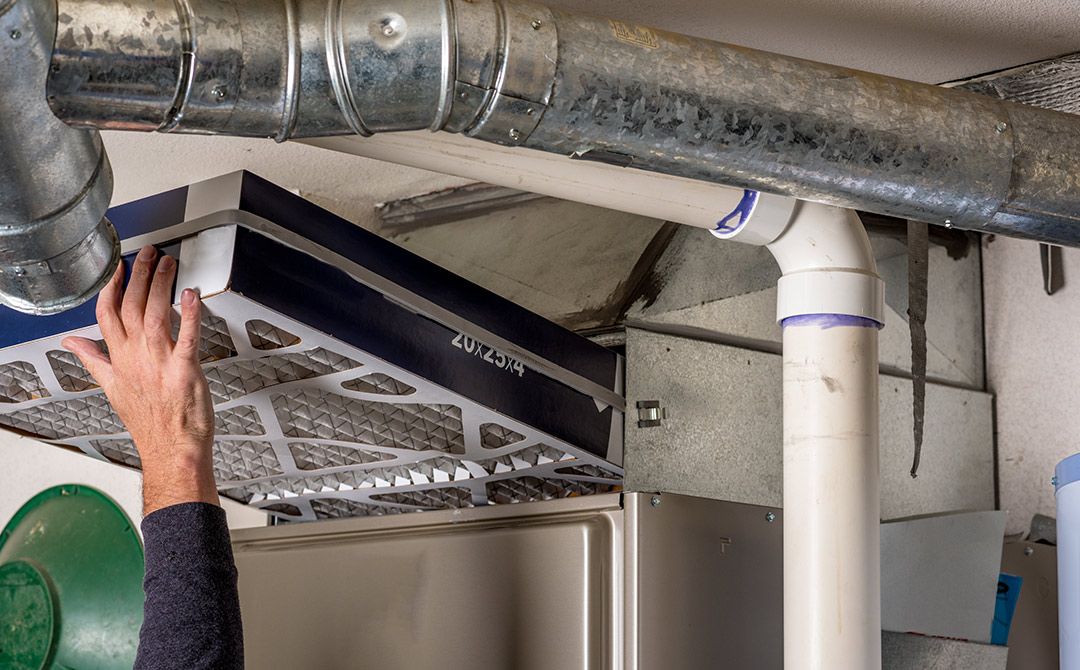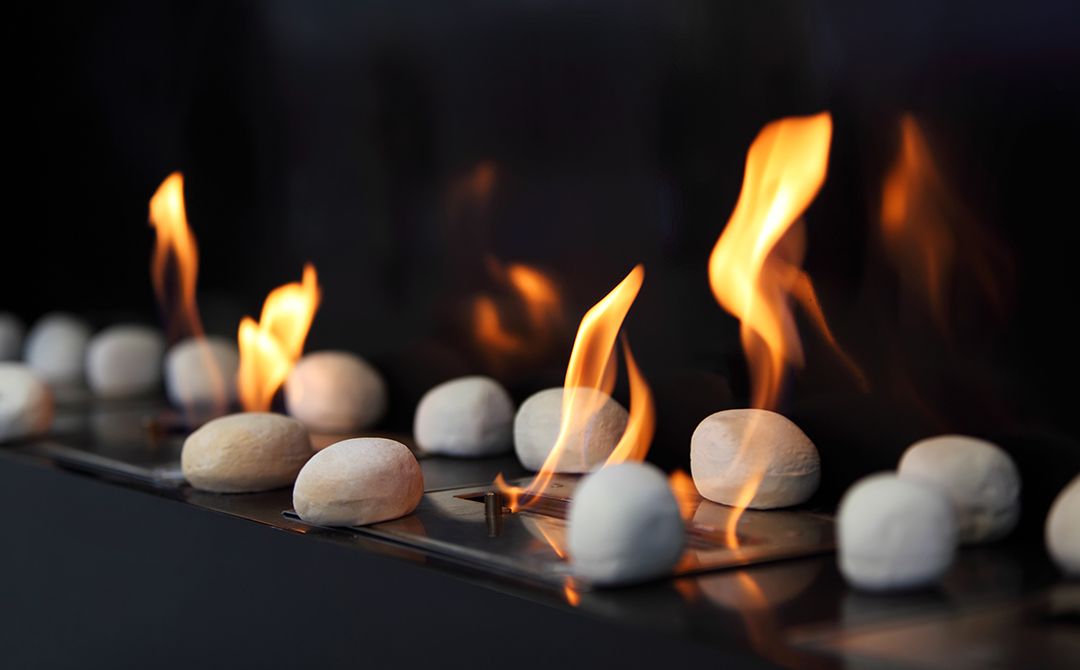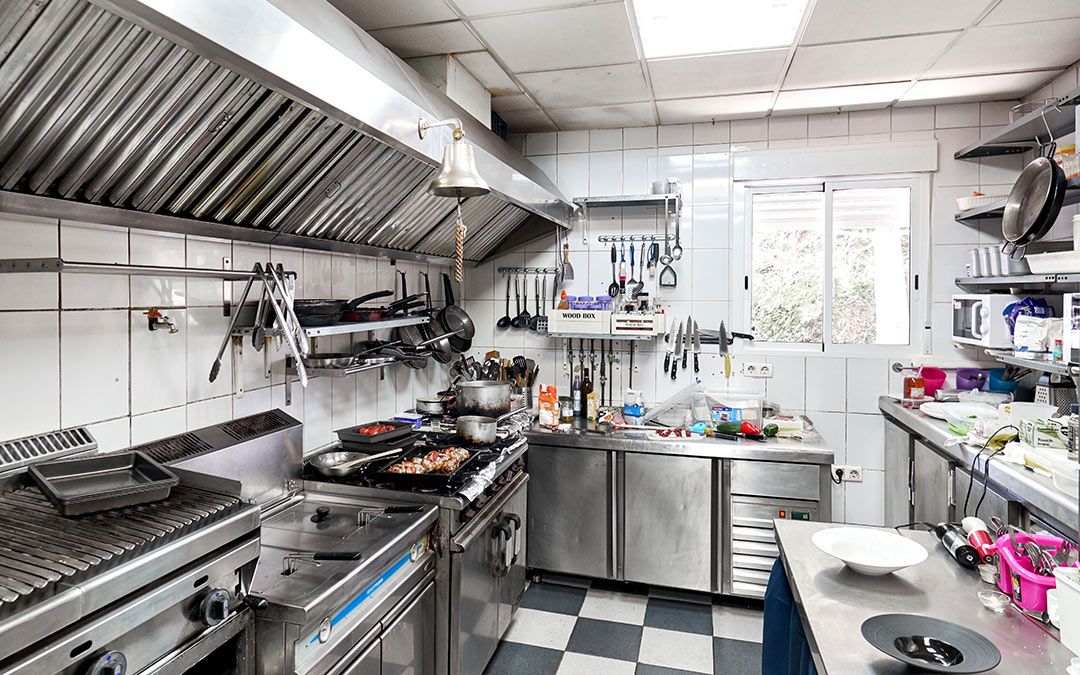Safety Tips for Natural Gas Fireplaces During the Holidays
It’s the holiday season, meaning your home should be cozy and warm and not at all cold and drafty. Maybe you have guests coming over to celebrate with you, or family from out of town, or maybe both. Regardless, if you own a natural gas fireplace and use it as a heating source, it’s guaranteed to help make the days extra cozy, even festive.
Just because you’re going to be busy this season doesn’t mean you should ignore basic safety though! To help you out, here are some good safety tips for your natural gas fireplace during the busy holiday season.
- Know Your Clearance Zones
Clearance zones are any area where it’s unsafe to place highly flammable and easily damaged items. Every fireplace, no matter what type it is or what kind you own, has a clearance zone. While most natural gas fireplaces are safe enough to place décor and electronics nearby, regardless you should always avoid placing combustible items such as wood, books, drapes, curtains, newspapers, etc. nearby. Keep all of these away from direct contact of the glass doors and firebox.
- Be Aware of Carbon Monoxide
Though safe, natural gas fireplaces can still create potential carbon monoxide poisoning if you’re not careful. The best way to stay safe and prevent such a dangerous situation is to install and keep Canadian-approved carbon monoxide detectors wherever there is fuel-burning equipment. It’s recommended to place these detectors as close as possible to sleeping areas and bedrooms, and to have them installed and tested per manufacturer instructions.
- Yearly Check-ups Help
Modern natural gas fireplaces require a lot less maintenance than the wood-burning kind. However, it’s still recommended that you schedule an annual inspection to make sure everything is working as it should. During the inspection you can ask for the safety screen barrier to be double-checked to prevent serious burns from the front glass panel if touched. The best time to get a check-up is both before winter rolls in fully and before you light up the fireplace for the first time of the season.
One task that you must avoid performing before your inspection is to never, ever move the ceramic logs in your natural gas fireplace. Re-positioning the logs can lead to accidentally covering up the vents, which in turn can lead to carbon monoxide poisoning. While this seems like a simple DIY task, it’s really not, and you should only ever leave that job to a licensed gas contractor.
- Keep It Clean
Again, while natural gas fireplaces don’t require as much cleaning as wood-burning ones, they do still need to be cleaned regardless. The most notable features to clean are the fan and air circulation passages coming to and from your fireplace. Be sure to check on the vents when you can to make sure there are no obstructions or blockages and the vents are working properly. The owner’s manual your fireplace came with will have instructions you can refer to on how to clean the air circulation passages and the fan safely.
- Warn Kids About the Dangers
Even the best safety barriers can’t eliminate certain dangers completely from natural gas fireplaces. The glass covering the front of the fireplace can get so hot to the touch that they can burn you. This is why if you have children of your own and/or children visiting your home for the holidays, you need to warn them not to play anywhere near the fireplace if the flame is burning. You may even want to establish a ‘no-no zone’—about one or two feet away from your fireplace—to prevent toddlers and younger children from getting too close.
Happy Holidays! Remember, if you need a licensed contractor to maintain your fireplace, or provide gas fitting services and heating repairs and maintenance, you can always give us a call. At Rep-Air Heating And Cooling we provide our customers with many options that will best suit your needs from heating and cooling to refrigeration. Contact us today for your complimentary quote: 1-778-728-1476 or contact@repairheatingandcooling.com and don’t forget to take a look at our website: https://repairheatingandcooling.com. Follow us on Facebook and Instagram for free giveaways!

